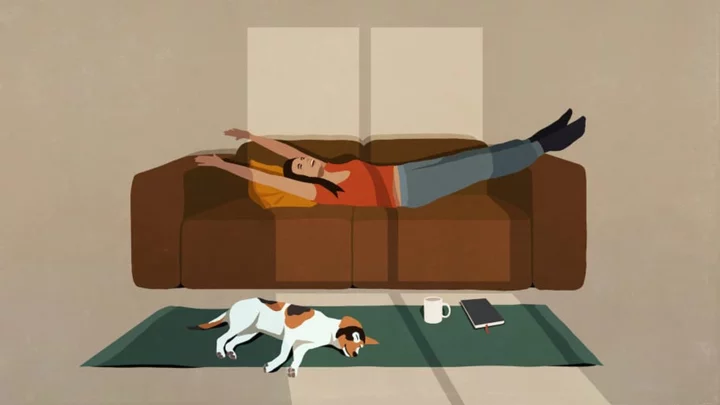Choosing between lie and lay can be tough for two reasons. One, lay is both its own verb and the past-tense form of lie. And two, people use the wrong verb so often that the right one might sound wrong in certain contexts.
The key difference between the two verbs is that lie is an intransitive verb, meaning it can’t be followed by a direct object; and lay is transitive, meaning it must have a direct object. If you sprawl out on your bed, you lie on your bed. If you place your baby in the crib, you lay your baby in the crib (your baby is the direct object). In other words, you can’t lie something, but you have to lay something.
The past tense is where it gets tricky, because, as we mentioned earlier, lay is also the past-tense form of lie. So if you want to convey that you sprawled out on your bed in the past, you should say, “I lay on the bed.” It might sound more natural to say, “I laid on the bed”—but laid is the past-tense form of lay, so it needs a direct object. You can say “I laid the baby on the bed.”
The past participles can be a little confusing, too. For lie, it’s lain; as in, for example, “I have never lain on such a comfortable bed.” For lay, it’s laid—e.g. “I have laid my baby in the crib, and now it’s time to watch Succession.”
In casual conversation, it’s pretty common to use lay and its other forms for everything, and just save lie for formal writing. There’s nothing inherently wrong with that—and according to Merriam-Webster, people have been mixing up the two verbs for a good seven centuries anyway.
But if you do want to make an effort to use the “correct” words, here’s a chart to help you keep them straight:
This article was originally published on www.mentalfloss.com as Lay vs. Lie: When to Use Each.









